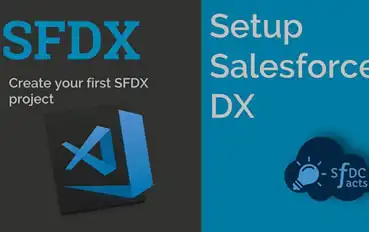Metadata security plays a crucial role in remaining compliant with data security regulations, such as the GDPR, HIPAA, and CCPA. Metadata helps organizations protect sensitive data, maintain data privacy, and keep track of how data is collected, used, and shared. It can be used to identify and track sensitive data fields, such as credit card numbers or social security numbers, and ensure they are properly encrypted and secured. Metadata can also be used to monitor and audit user access to data, ensuring that data privacy rules are being followed and any unauthorized access is identified and addressed. Additionally, metadata can help organizations maintain compliance with data retention and deletion requirements by tracking the age and usage of data, and enabling automated data archiving and purging.



 As with other aspects of Salesforce security posture management, the basics need to be addressed for metadata security. Login screens and integration points are often the first target for cybercriminals looking to gain access to sensitive system data and metadata.
As with other aspects of Salesforce security posture management, the basics need to be addressed for metadata security. Login screens and integration points are often the first target for cybercriminals looking to gain access to sensitive system data and metadata. Data security needs are always changing. This can relate to emerging cyberthreats or even evolving compliance requirements. Organizations are always growing and their metadata security strategy needs to grow along with them. Failing to do so can create vulnerabilities that lead to breaches, outages, and falling out of compliance with applicable regulations.
Data security needs are always changing. This can relate to emerging cyberthreats or even evolving compliance requirements. Organizations are always growing and their metadata security strategy needs to grow along with them. Failing to do so can create vulnerabilities that lead to breaches, outages, and falling out of compliance with applicable regulations.




